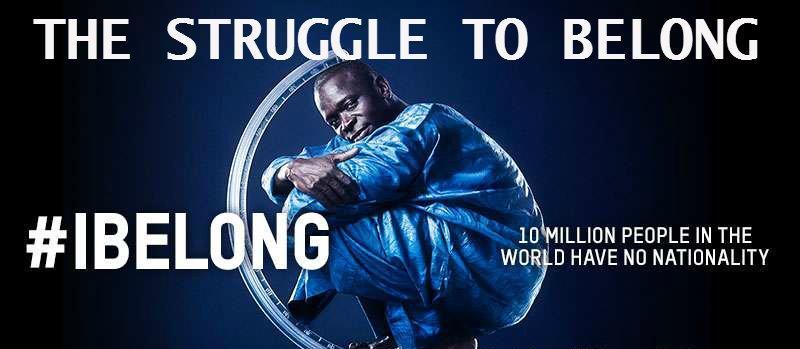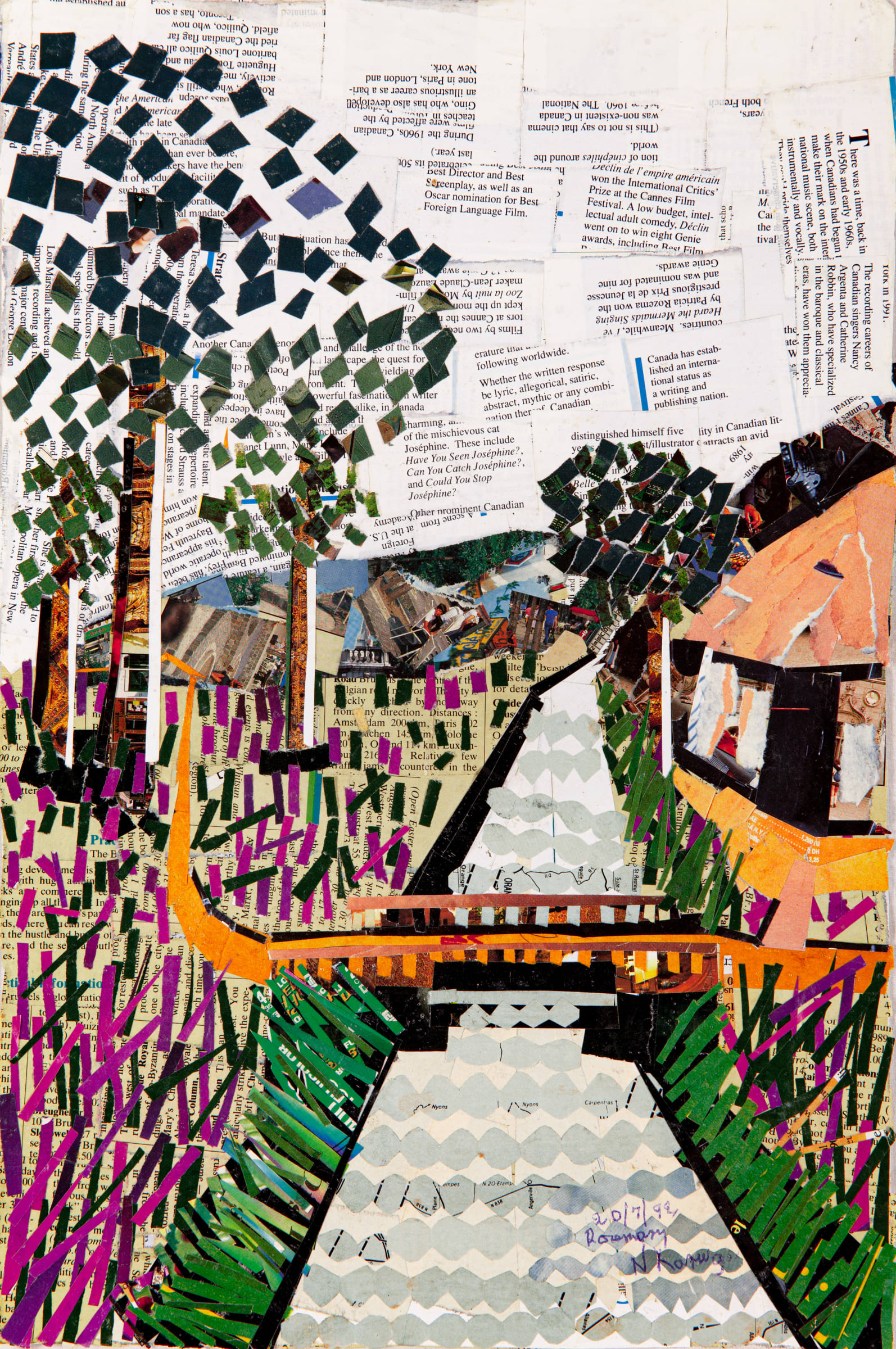By Ogova Ondego
Published October 28, 2015
 A two-day exhibition of videos, discussions and testimonies aimed at ending statelessness shall run at Nairobi National Museum (NNM) from October 28, 2015.
A two-day exhibition of videos, discussions and testimonies aimed at ending statelessness shall run at Nairobi National Museum (NNM) from October 28, 2015.
Organised by United Nations High Commissioner for Refugees (UNHCR) who estimate that 10 million people around the world ‘have no nationality’, the show, titled I Belong, appears to be an awareness campaign based on UNHCR’s Action Plan to End Statelessness within ten years that was launched in 2014.
RELATED: Film on the Search for Identity in a Post-Modern World Shows in Nairobi
UNHCR says it is working with Kenya, that is home to some 20000 ‘stateless’ people, in tackling the challenges of homelessness.
The UN agency says its Global Action Plan is “a guide and a worldwide encouragement to develop and implement national action plans to resolve the existing causes of statelessness and to prevent future cases.”
One of the videos to be screened at NNM is based on a survey UNHCR has conducted on a community called Makonde that the UN Refugee agency says is “facing the challenge of statelessness.”
But what sort of ‘statelessness’ for the wood carving community who live in northern Mozambique, southern Tanzania and south-eastern Kenya? The Makonde are said to have come to Kenya in 1938 to work on sisal plantations in Taita-Taveta area. That was some 25 years before Kenya attained political independence from Britain in 1963. So why did they not acquire Kenyan citizenship? How can they be described as being stateless 52 years after independence and 77 years after they arrived in Kenya?
RELATED:Kenyan Art Book Grapples with the Definition of Home and Identity

By the end of the exhibition on October 29, an estimated 250 should have participated in the event whose highlight is likely to be a panel discussion on “the right to nationality, the challenges and consequences of being stateless and Kenya’s action plan to end statelessness.”
Hopefully, too, the ‘statelessness’ question of the Makonde and the Nubian, shall have been answered.
RELATED: Art Shows Focus on Migration, Identity and Reflection





